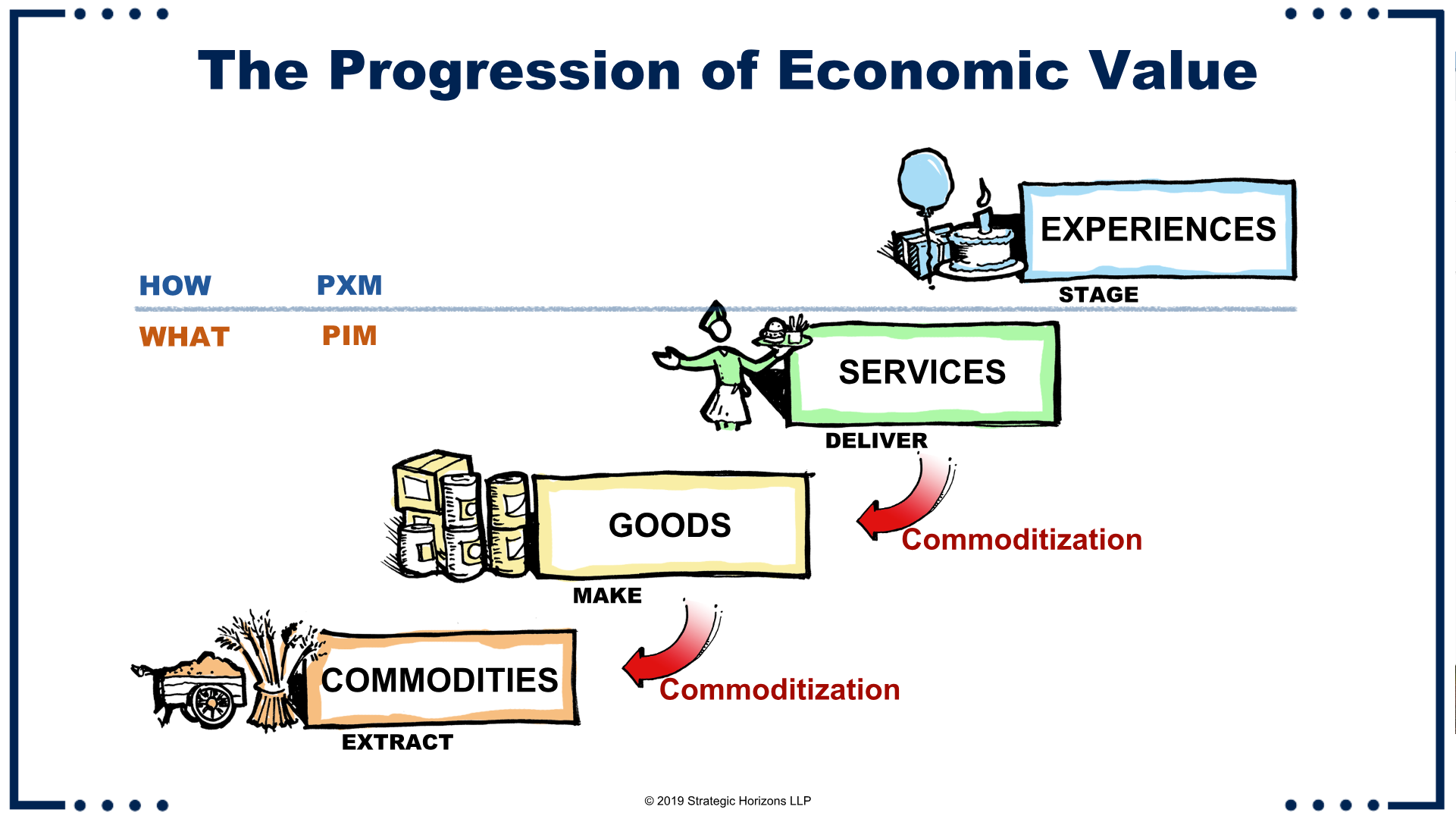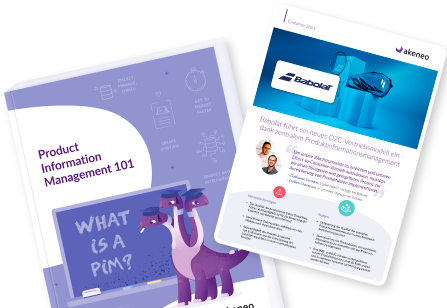Feb 13, 2019
The eCommerce space is changing. Customers demand a compelling and consistent brand experience wherever they shop. Product experience management allow...

The eCommerce space is changing. Customers demand a compelling and consistent brand experience wherever they shop. Product experience management allows brands and retailers to offer buyers these superior experiences, leading to increased conversions, reduced returns, improved customer satisfaction, and stronger brand loyalty.
Brands and retailers must deliver a compelling story across all digital touchpoints during the purchasing journey.
That all sounds well and good – but how do you actually do that? How can brands and retailers manage product experiences and provide compelling content in the proper context? And where does product information management (PIM) fit into this picture?
Product Experience Management is a new profession. It’s the subtle science of delivering product information in context, adapted and scoped by channel and locale to match the buying experience at every touchpoint. Having the right data and insight into the type of product experience buyers expect is the foundation for any great customer experience.
According to Forrester, 85% of customers rate product information as the top feature they want from a website.
PIM is here to stay. It provides the foundation needed to control your product information and is a cornerstone of eCommerce and omnichannel operations. PIM remains a critical component and enabler of the practice of PXM, focusing on the content portion of the product experience.
Product experience management is how you make an emotional connection with your buyers. It’s the next stage beyond goods and services in the progression of economic value. PIM is the “what” you use to describe your commodities, goods, and services, while PXM is “how” you stage an experience. Joe Pine, author of The Experience Economy, does a fantastic job of describing this progression:

By using PIM as an engine for automating the boring, tedious, repetitive tasks involved in collecting, standardizing, and enriching product content, your marketing and eCommerce teams can turn their attention to contextualizing product information, before distributing it to each channel.
Putting product data in context can mean several things: the right images, the right descriptions, the right attribute sets, and more. Each must be precisely tailored for the locale, cultural norms and standards, context for the channel, and the ways your buyer interacts with your brand. With the right tools, you can even leverage product data intelligence to further streamline your PXM practice.
Here are some examples of why PXM is critical to communicating your brand identity and creating an emotional connection with buyers and delivering a compelling product experience:
Content is the core of product experience management. Without complete descriptions, products won’t be found by search engines, meaning they also won’t be found by customers.
If they are unable to recall a product’s brand name, for example, customers must be able to find it using non-branded keywords. But if these keywords and details are not included in a product’s description, search engines and marketplaces won’t show the product to customers, significantly decreasing sales opportunities.
What’s more, simply being able to find the product online may not be enough. Customers often won’t actually make a purchase if a product’s description is not complete or relevant. PXM allows you to ensure that all products have a complete and compliant description before they are published, guaranteeing that customer will be able to easily find and learn more information about products.
73% of customers inform their buying decisions based on the manufacturer’s product information and descriptions.
These days, it’s all about speed. If you can’t get your products to market fast enough, then you’ll miss out on sales. It’s especially critical to get to market on time if your products are sold on a seasonal basis, or if you regularly add new products and models.
A good PXM solution enables your team to publish and update product catalogs in a timely way. It provides workflows to optimize and streamline processes, helping brands and retailers quickly add new products or channels. It uses business rules and automation to reduce manual work, freeing up time for marketers to write emotional product descriptions, while managing product images as well as text. With improved, streamlined processes, marketers can create complete and compelling product experiences across all channels.
Automating and optimizing processes using PXM can decrease time-to-market when adding new products or channels and help marketers create better, targeted content and improve your customer experience.
Customers have more options in their buying experience than ever before.
In addition to physical stores, buyers can now access global marketplaces with the touch of a finger, no matter where they are. This has made customers expect relevant and specific products and information — and an enjoyable buying experience — to be available with just a click. While the buying experience will be different in-store and online, the need for consistent information and compelling product experiences is a universal requirement.
PXM helps organizations provide customized experiences across all channels and allows customers to get their products through their desired methods.
A robust set of capabilities is required to enable true product experience management.
Collect: Product data typically resides in many different sources, both internal and external to your enterprise. To access source product data, your PXM solution should provide connectors, APIs, and import capabilities to collect data from various applications. The best PXM solutions even provide product content directly from trusted sources. If you are a retailer, look for an integrated capability to onboard product data from your suppliers.
Standardize: With product content coming from multiple sources, how can you standardize information to create a single trusted record? Look for a PXM solution that uses business rules to ensure standardized data populates product attributes. Make sure validation workflows exist to deliver the most accurate data possible.
Enrich: The core of a PXM solution is a need to drive the enrichment process to manage text attributes, but images as well. Your PXM solution should allow you to enrich products by channel, by locale, and in the correct context.
Contextualize: Where will your buyers access your product information? What language do they read? Are all images relevant in all markets, or are different images needed in different markets or countries? Putting product data in context for each locale and each channel is not to be underestimated. Getting this right is the only way to ensure a compelling product experience, which will help you make the emotional connection you want with your buyers.
95 percent of our purchase decision making takes place in the subconscious mind.
Prof. Gerald Zaltman, Harvard University
Distribute: Now your product information is complete, accurate, and in context. Make sure your PXM solution can easily deploy your catalog to the desired channels. The final pieces required for a complete PXM solution are connectors, APIs, export profiles, and capabilities to create catalogs that work for all channels – print, ecommerce, POS, marketplace, vocal assistant, and more.
Product experience management is the solution to creating the customized experiences that customers expect. By implementing a PXM solution, brands and retailers can stay competitive in the eCommerce market and increase conversions with relevant and complete product information.
Interested in learning more about how Akeneo can help you improve product experience management in your organization? Contact us.

Sign up for our newsletter and stay ahead of the curve on everything you need to know about product information management, product experience management and how to unlock growth for your organization.
